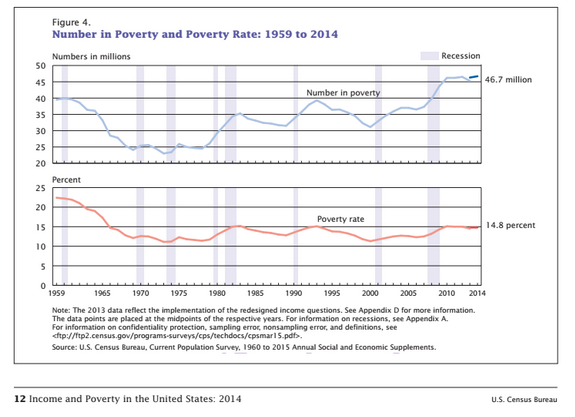On Monday The Washington Examiner posted an article illustrating how the handling of the coronavirus in New York provides a look into the potential problems with government healthcare.
The article reports:
I have a lot of fears in life: sharks, heights, wrinkles, government controlling my healthcare.
Recently, the New York Times provided plenty of fodder supporting the latter anxiety, revealing the results of a study it conducted that examined the disparities between public and private healthcare at the height of the pandemic in New York City. The disparities included staffing levels, differences in the age and type of equipment available, and access to drugs and experimental treatments. As one might guess, patients at the city’s community facilities fared far worse than those in private facilities, with their mortality rate 3 times higher in some cases.
All hospitals saw higher staff-to-patient ratios than best practices would recommend. In a typical emergency room, that figure should look like 1 nurse for every 4 patients. But during COVID-19, private facilities experienced ratios closer to 1 nurse for every 6 to 7 patients. At the government hospitals, that number was 1 nurse for every 10 to 15, and at times even 20 patients.
Less time per patient meant fewer tests, less information, and less monitoring. Several patients woke up from medically induced comas and, in confusion, removed their oxygen masks, leading to death. This occurred at the Elmhurst Hospital in Queens, where staff referred to the patients as “bathroom codes” as their bodies were typically discovered near the bathroom 30 to 45 minutes later. One doctor told the New York Times that for every 10 deaths he saw, two to three patients could have been saved with the proper care.
The article goes on to explain that despite the makeshift hospitals put up to serve patients during the epidemic, those hospitals were barely used.
The article notes:
The paper (The New York Times) looked at the hospital set up at the Billie Jean King National Tennis Center to study why this occurred. Though the center was equipped with 470 beds and hundreds of employees (many of them out-of-state healthcare providers being paid handsomely), it ultimately saw only 79 patients and closed its doors after one month. It was a catastrophic failure, the kind only government can pull off.
Patients were not admitted due to red tape, delays due to the need to train workers on computers and other problems. Meanwhile, many patients died. Please follow the link above to read the entire article. The problems in New York were due to red tape, cronyism, extensive bureaucracy, and the general inability of the government to respond quickly to a crisis.
At some point Americans need to learn that there are charitable organizations out there that do a better job of responding to an emergency than the government. The Salvation Army, Samaritan’s Purse, Operation Blessing, and the Red Cross are a few of these organizations. I live in a city that was hit hard by hurricane Florence. It was encouraging to know that as the storm was bearing down on the city, Operation Blessing was parked nearby out of harm’s way ready to come in and provide meals and supplies to the people who were impacted by the storm. The recovery efforts in my city were largely undertaken by religious and charitable groups and ordinary citizens. A friend who is a teacher and realized that he wouldn’t have classes for a while gathered a group of friends and a few chainsaws and went around helping people move trees off their houses and clear streets. It’s time to get back to individual responsibility–even in healthcare.

